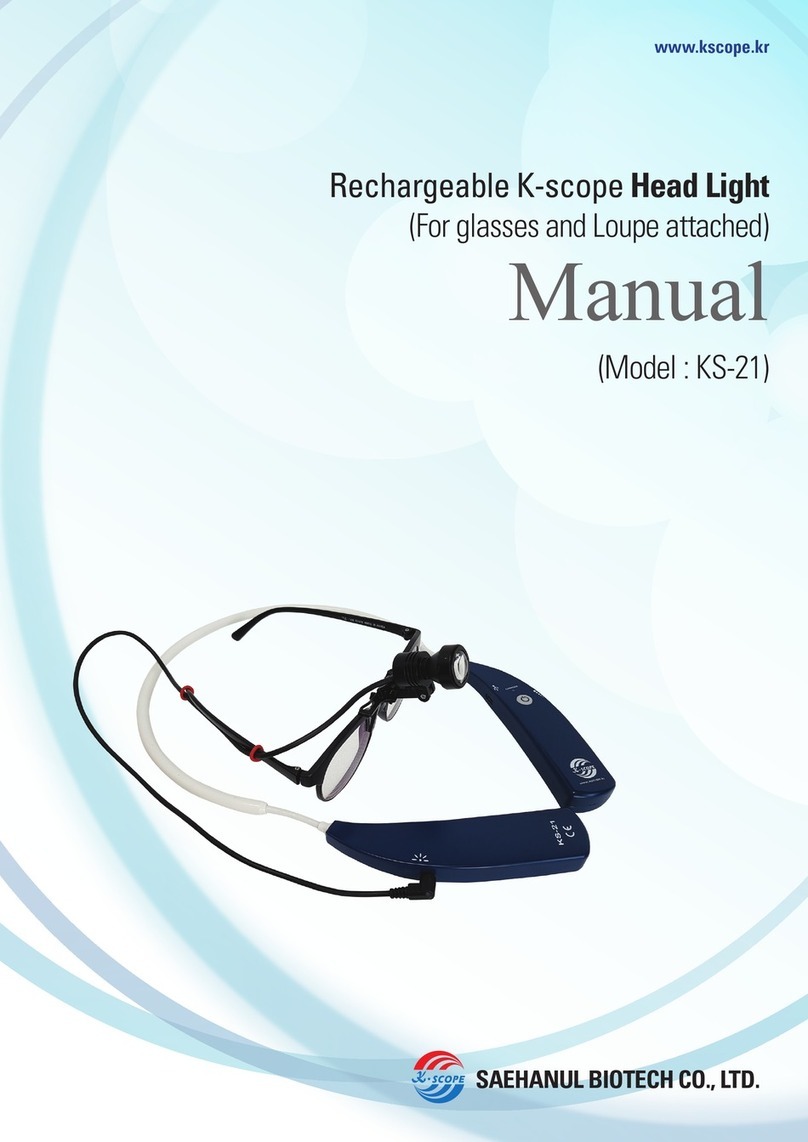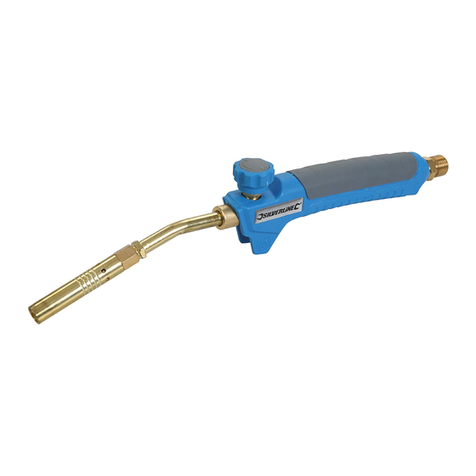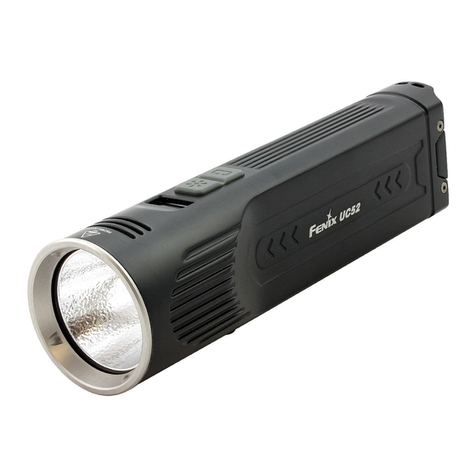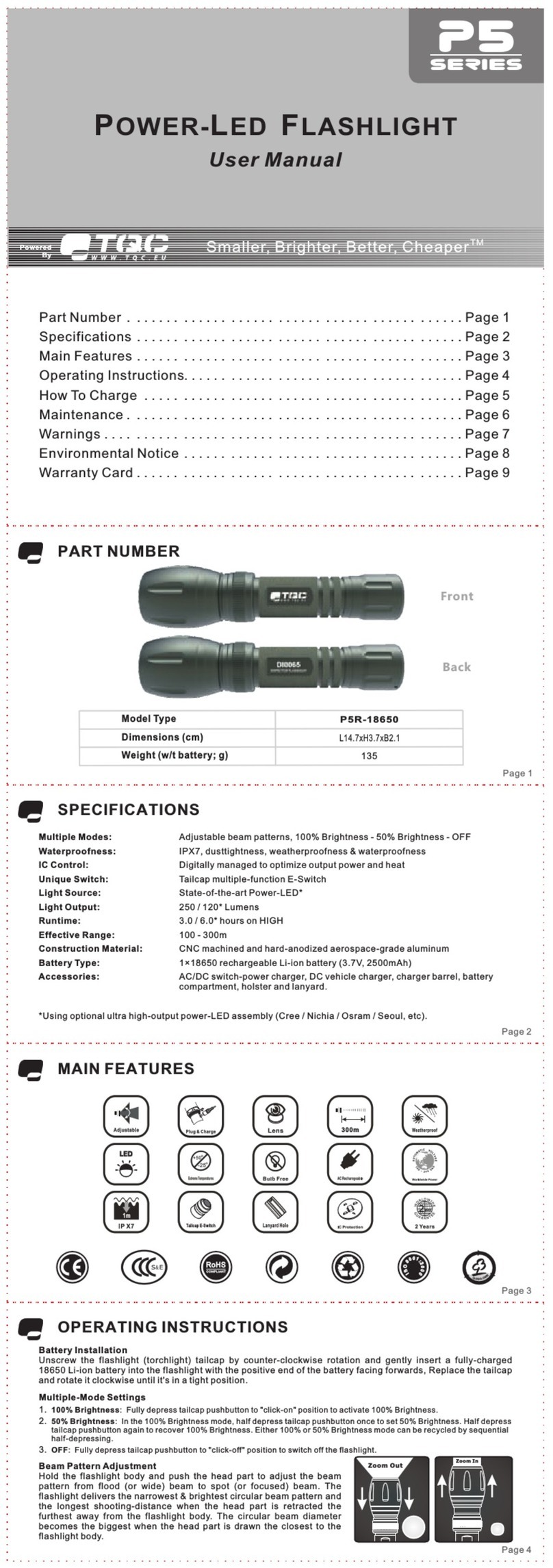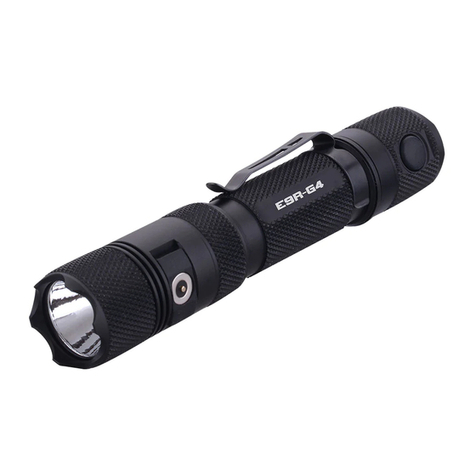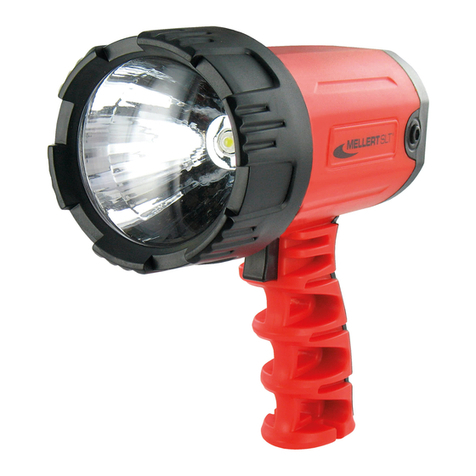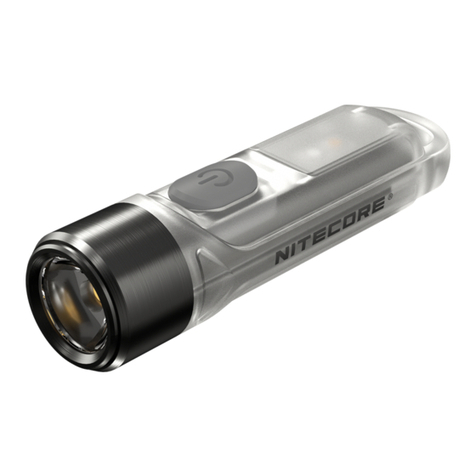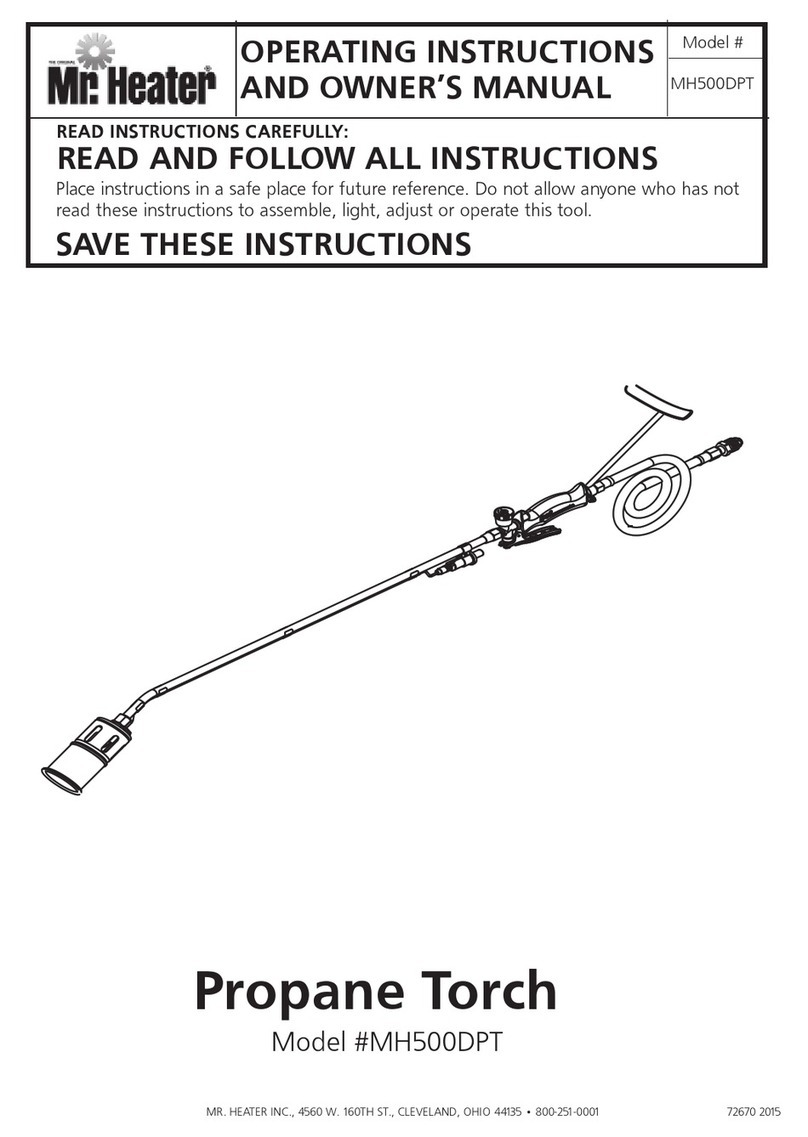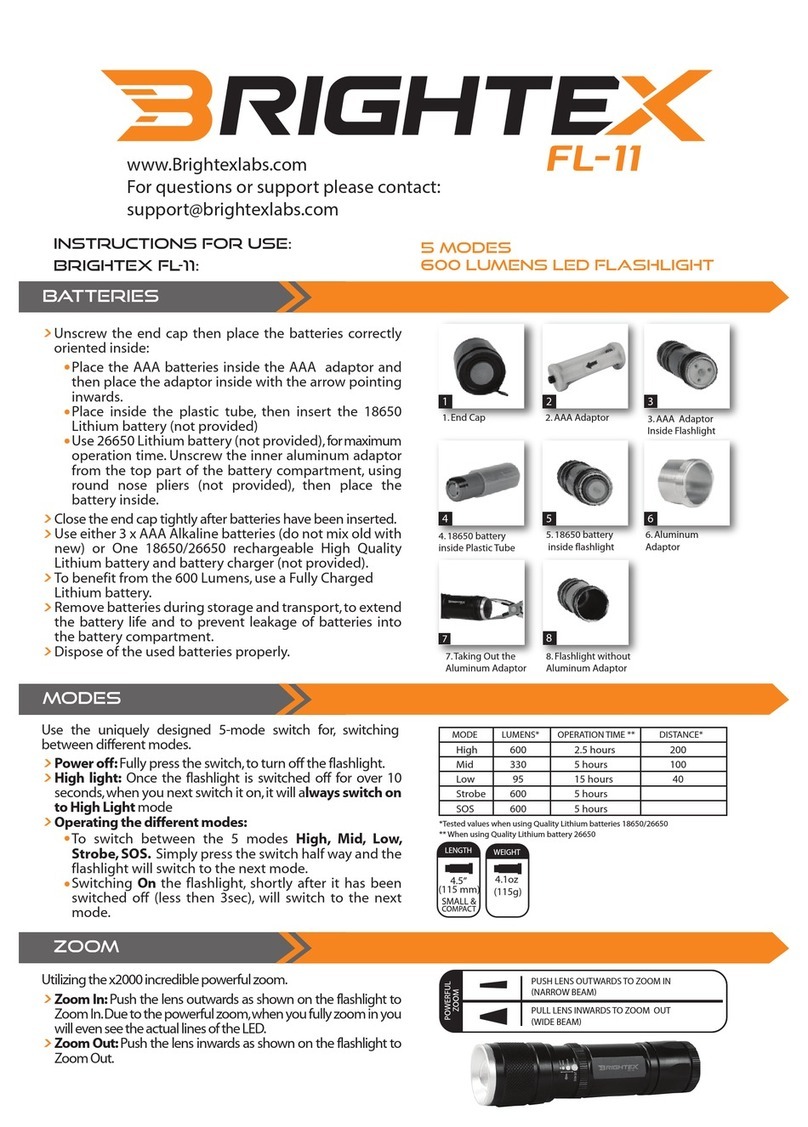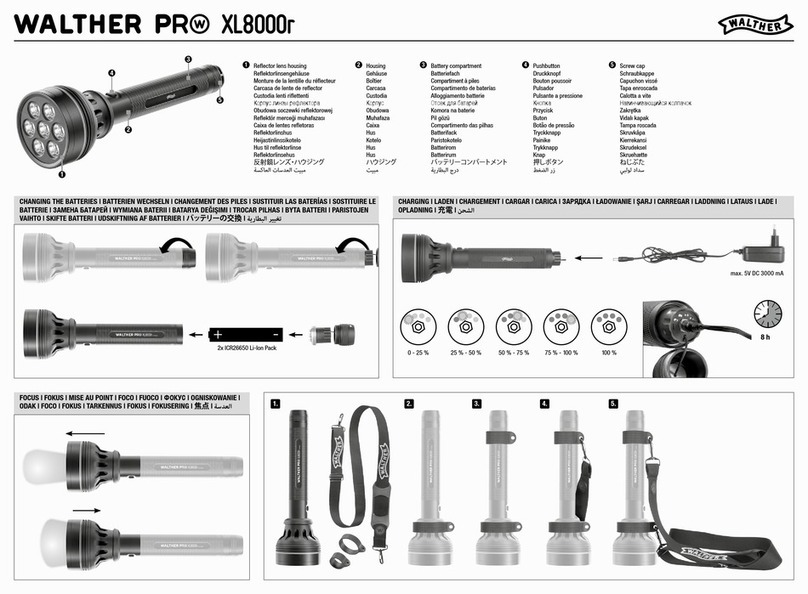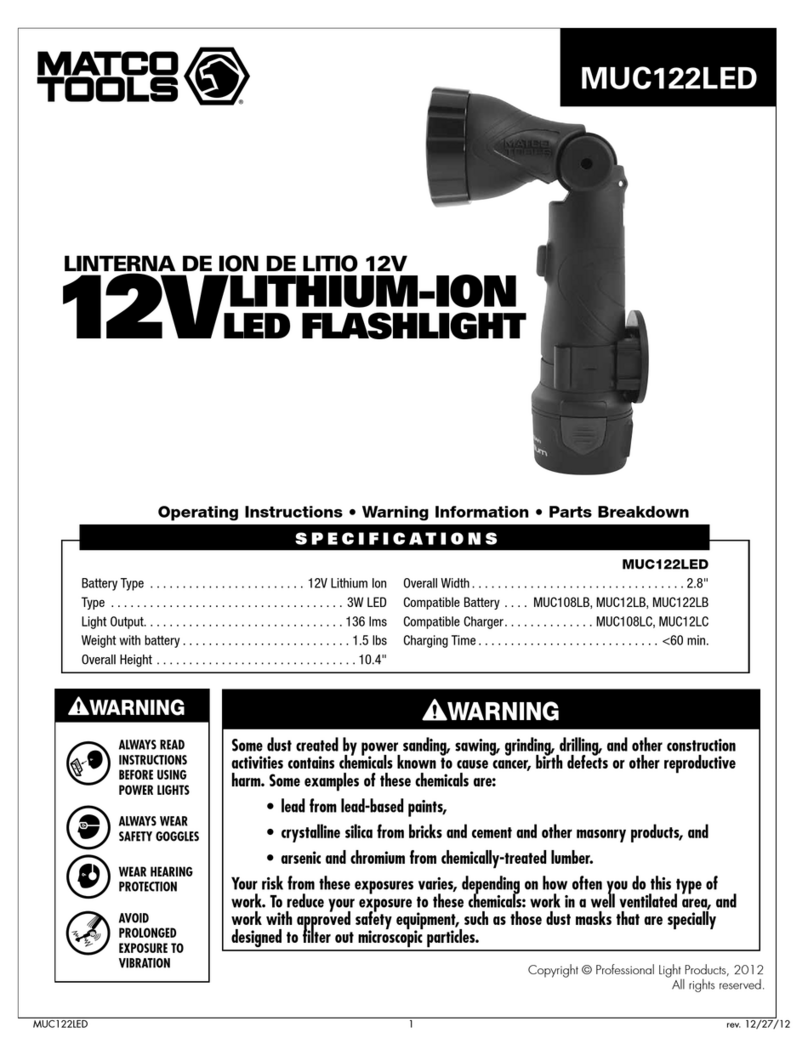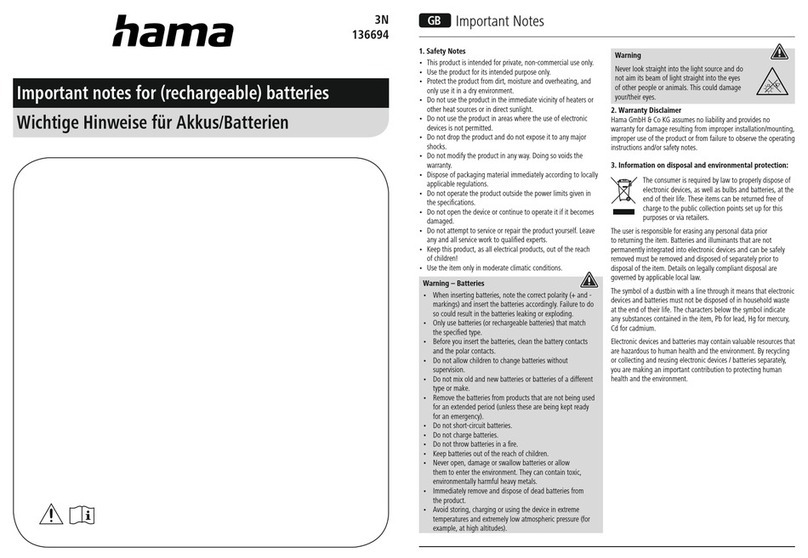Fomei Digitalis Pro T400 User manual

´
BATTERY FLASH
Digitalis Pro T400, T600

Thank you for purchasing FOMEI’products.
Please read this user manual carefully before using this product.
Website: www.fomei.com
Warning before use:
1. Make sure that the product is intact and that there are no missing parts.
2. In case of damage, contact a professional service FOMEI.
3. Keep the environment dry and ventilated when using the product.
4. Keep the product clean by clean.
5. Do not scratch or apply pressure to the product.
Safety warning:
1. Keep this product out of reach the rain or humidity to avoid damage or injury.
2. Do not disassemble the product. In case of damage contact a service FOMEI or contractual
service with trained professionals.
3. If the product is disassembled, you will not be covered under warranty.
4. Do not use the product in extreme temperatures (+ 50°C).
5. The product is not suitable for children.
6. Using a flash continuously (succession of 250 flashes) the battery might be overheated.
7. Firing 150 flashes successively at full power and an ambient temperature of 25°C may cause
overheating alarm to beep. After 5 seconds of beeping, firing of additional 50 flashes is
possible. Depending on the battery status (below 70% of use, temperature) firing up to 250
flashes may be possible without overheating.
8. An overheated battery may cause damage. To avoid overheating, leave flash unused for 10
minutes or more after a succession of 250 flashes at full power.

A) Product overview
1. Bracket
2. Flash tube
3. Sync sensor
4. Shoulder strap
5. Battery lock
6. Battery
7. Main display
8. Receiver slot
9. Flash output digital encoder
10. Power switch
11. Control buttons
12. Battery status LCD display
13. Battery status indicator button
2
3
4
5
1
6

B) About product
Digitalis Pro T400 and Digitalis Pro T600 is a universal lighting system with a compact DC battery and
power supply. The great advantage of this flash is the built-in wireless system. The optimized user
interface, visible display and overall flash design support very easy operation.
Operating instructions:
•Power switch –press and hold power switch to turn on/off the flash.
o1. Normal mode setting –rotate the flash digital dial (no.9) left or right to set the flash
output. Rotate left to decrease output and right to increase output. Flash output can
be decreased/increased by 0.1 F-Stop.
o2. Duration time setting –freeze mode –this mode is a great option to capture the
moment of fast action. Press the „MODE“ button to adjust duration time settings. The
„t“ is displayed. Rotate the dial left or right to adjust duration time. Rotate left to
decrease duration time and right to increase duration time.
•Multi-flash setting
o5, 10, 15 flashes/1s
oMulti-flash setting is only activated on steps 1.0 1.9 (C.1) and 2.0 2.9 (C.2)
oPress the „C/HSS“ button on 1.0 1.9 (C.1) or 2.0 2.9 (C.2) steps. C.1 and C.2 are
displayed on the display. Pressing the button once fires 5 flashes, pressing it 2 times
fires 10 flashes, and pressing it 3 times fires 15 flashes.
oNormal mode –1.0 1.9 -> C.1 <- t.1
oDuration time control mode –2.0 2.9 -> C.2 <- t.2

•Modeling light setting (LED 10W)
oPress the „LED“ button to control output of modeling light.
oPress once to turn on/off modeling light, 2 times for highest output and 3 times for
moderate output power.
•Test button
oPress the „TEST“ button.
oIf the flash is full charged, „Ready“ is displayed.
•Slave mode
oPress the „CELL“ button. „CELL“ is displayed.
oPhotocell is activated. The flash will slave sync if another flash is fired.
•Sound setting
oPress the „SOUND“ button. „SOUND“ is displayed.
oThe flash beeps when it is ready to flash again.
•Battery status indicator button
oPress the battery status indicator button.
oThe display shows the battery status.
•HSS
1. Use the HSS function through wireless trigger (S-III). Combine S-III transmitter with
camera’s hot-shoe and install S-III receiver in the slot of the flash. Compatibility only
with Nikon and Canon.
2. Press and hold the „C/HSS“ button for 2 seconds. Press the button one more time and
the letter „h“ is displayed.
3. Press the „+“ button on the transmitter. The indicating diode indicates that the HSS
mode is ready for use. Press the „-“button on the transmitter after photography shoot
ends to save the battery energy. The wireless trigger is not included.

•Battery (11,1V; 4,4A)
oTo charge the battery, use only the adapter included in the package.
oThe LED light is red when charging. The LED light is green when battery is fully charged.
•Characteristics and usage of battery
oCharge battery with charger that comes with the package before use.
oOne full charge takes approximately 3,5 hours, providing up to 400 flashes at
maximum output.
oBattery life depends on usage frequency. In the beginning, the capacity of the battery
can be increased, then gradually reduced. A fully charged battery may not be used for
up to 6 months. Keeping the battery down for a long time may affect its performance.
To maintain optimal battery performance, charge the battery within 3 months after
use.
oThe battery life cycle is approximately 300 cycles. A drastic drop in flash brightness
suggests a change of battery is needed.
oThe ambient temperature also affects the battery. Pay close attention to the high
temperature differences that may have a negative effect on the battery. A large drop
in battery capacity may occur when the temperature drops below 10°C when the
battery can drain quickly. Avoid using the battery at 0°C. The battery should not be
used even at temperatures above 45°C. If the battery is overheated it may reduce its
service life and its built-in protection system may limit its use. If the overheating
indicator beeps, cool the battery. Although the battery is discharged by use and can
no longer be used, the battery retains some capacity to protect its system. This small
amount of capacity is maintained for 3-6 months. Over time it is depleted, which leads
to degradation of the battery. To avoid this, charge the battery as soon as the battery
is discharged.
•Charger and battery shelf life
oBefore charging the battery, turn off the flash first. If you leave the flash turned on
while the battery is charging, the charging time is prolonged and energy is consumed.
oBattery charging time is approximately 3,5 hours.
oBattery life increases with frequent charging, even if the battery is not completely
discharged.
oThe battery should be charged at a temperature of 10°C to 40°C. Charging the battery
outside this range may cause the protection system to block charging or to display the
battery as fully charged. If possible, charge the battery at room temperature. For quick
charging, turn off the flash or remove the battery and charge it directly.
oBattery charging time depends on battery temperature, adapter power (AC 220V), and
battery age.
oIf the red diode does not appear during charging, make sure the charger is connected
to an electrical outlet and there is a power supply. If the charger malfunctions, contact
a service.
Packaging components
Flash with battery, strap and charger.


This manual suits for next models
1
Table of contents
